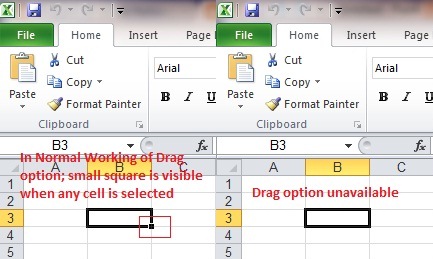Disable T5120 RAID - Cause failure in booting/installing from HD
-> start /SP/console Are you sure you want to start /SP/console (y/n)? y Serial console started. To stop, type #. {0} ok show-disks a) /pci@0/pci@0/pci@8/pci@0/pci@9/LSILogic,sas@0/disk b) /pci@0/pci@0/pci@2/scsi@0/disk c) /pci@0/pci@0/pci@1/pci@0/pci@1/pci@0/usb@0,2/hub@4/device@4/storage@0/disk q) NO SELECTION Enter Selection, q to quit: c /pci@0/pci@0/pci@1/pci@0/pci@1/pci@0/usb@0,2/hub@4/device@4/storage@0/disk has been selected. Type ^Y ( Control-Y ) to insert it in the command line. e.g. ok nvalias mydev ^Y for creating devalias mydev for /pci@0/pci@0/pci@1/pci@0/pci@1/pci@0/usb@0,2/hub@4/device@4/storage@0/disk {0} ok boot /pci@0/pci@0/pci@1/pci@0/pci@1/pci@0/usb@0,2/hub@4/device@4/storage@0/disk -s Boot device: /pci@0/pci@0/pci@1/pci@0/pci@1/pci@0/usb@0,2/hub@4/device@4/storage@0/disk File and args: -s








